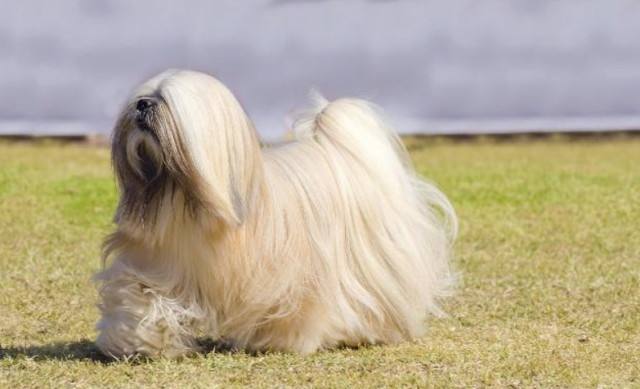Apso
IUCN
LCBasic Information
Feature
APSO means "big beard" in Tibetan, so Lhasa Apso means "Lhasa big bearded dog" and the derivative meaning is "Lhasa long-haired dog". However, some people speculate that the word "apso" is the Tibetan word "rapso", which means "goat-like", because of its obvious appearance feature that the whole body is covered with thick, long, and seemingly endless long hair.
Distribution and Habitat
It is native to the Qinghai-Tibet Plateau.
Appearance
The key points of identification are the lion-like appearance, long and abundant fur, especially on the head, ears and tail, which is the most abundant and can drag on the ground. There are many beards and long facial manes.
The head is heavily furred and falls in front of the eyes, with abundant beards and moustaches; the head is narrow and obviously sunken behind the eyes, not very flat, but not arched or apple-shaped. The straight front face is of sufficient length. The nose is black, and the distance from the nose to the eye is about 1/3 of the distance from the nose to the back of the head. The eyes are dark brown, neither too large and full, nor too small and sunken. The ears are drooping and well feathered. The preferred bite of the mouth and muzzle is a level bite or a slightly undershot bite. The muzzle is of moderate length; a square muzzle is very annoying. The distance from the shoulder joint to the hip is slightly greater than the height of the withers, the ribs are wel
Details
There are two interpretations of the original Tibetan name of the Lhasa Apso (Chinese transliteration: Apso or Yabusu or Afuzao; English transliteration: Apso): one is "a guard dog that is good at barking"; the other is "goat", because the long hair on its chin resembles a goat's beard. This dog is mostly raised by Lhasa nobles and upper-class lamas, so it is also called "Lhasa Afuzao".

The Lhasa Apso has a history of 2,000 years. Before the 20th century, this breed was rarely seen outside its native Tibet. There are many temples and lamas in Tibet. The original purpose of Lhasa Apso was to accompany and guard the monks in these temples. The monks also regarded the dog as a sacred thing. They believed that after the owner died, the soul would be attached to the dog's body, which would bring good luck to the owner. So it was unlikely to buy this breed of dog at that time, but in history, the Dalai Lama also used Lhasa Apso as a gift to pay tribute to the court and neighboring countries and make friends with dignitaries. Lhasa Apso is widely spread all over the world because of its gorgeous appearance.
Although Lhasa Apso is small in size and not fierce in temperament, it is strong and has excellent tolerance to harsh conditions. Therefore, it has always been the guard dog of the Dalai Lama in Tibet.
Lhasa Apso is tough and brave, likes to bark, has strong ability to distinguish and be vigilant to strangers, is good at guarding the door, and is an excellent guard dog. At the same time, they are friendly, smart and obedient, and very submissive to their owners. Because Lhasa Apso is not big in size, it is suitable for family breeding and can become a good companion dog.
Protect wild animals and eliminate game.
Maintaining ecological balance is everyone's responsibility!








